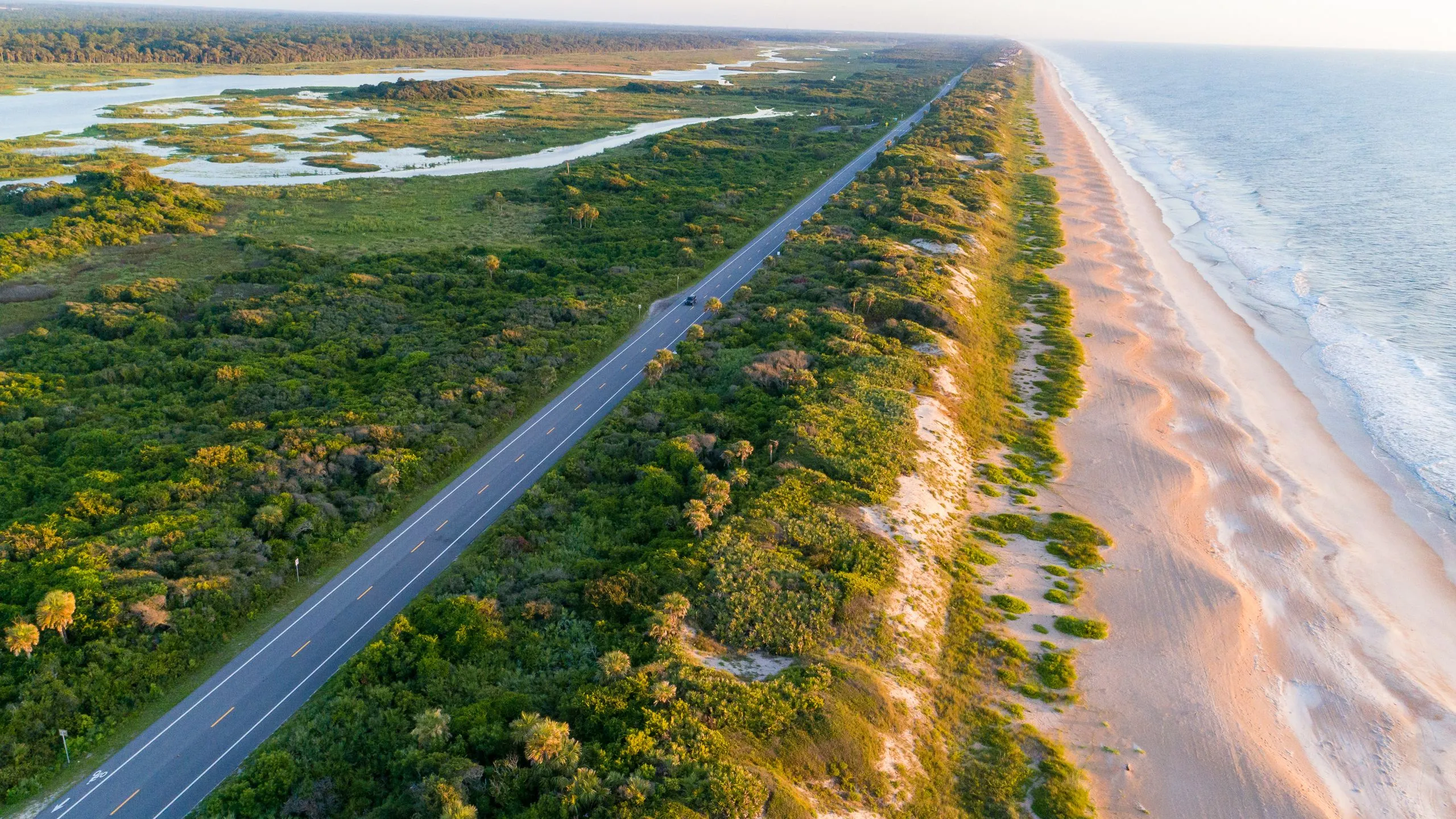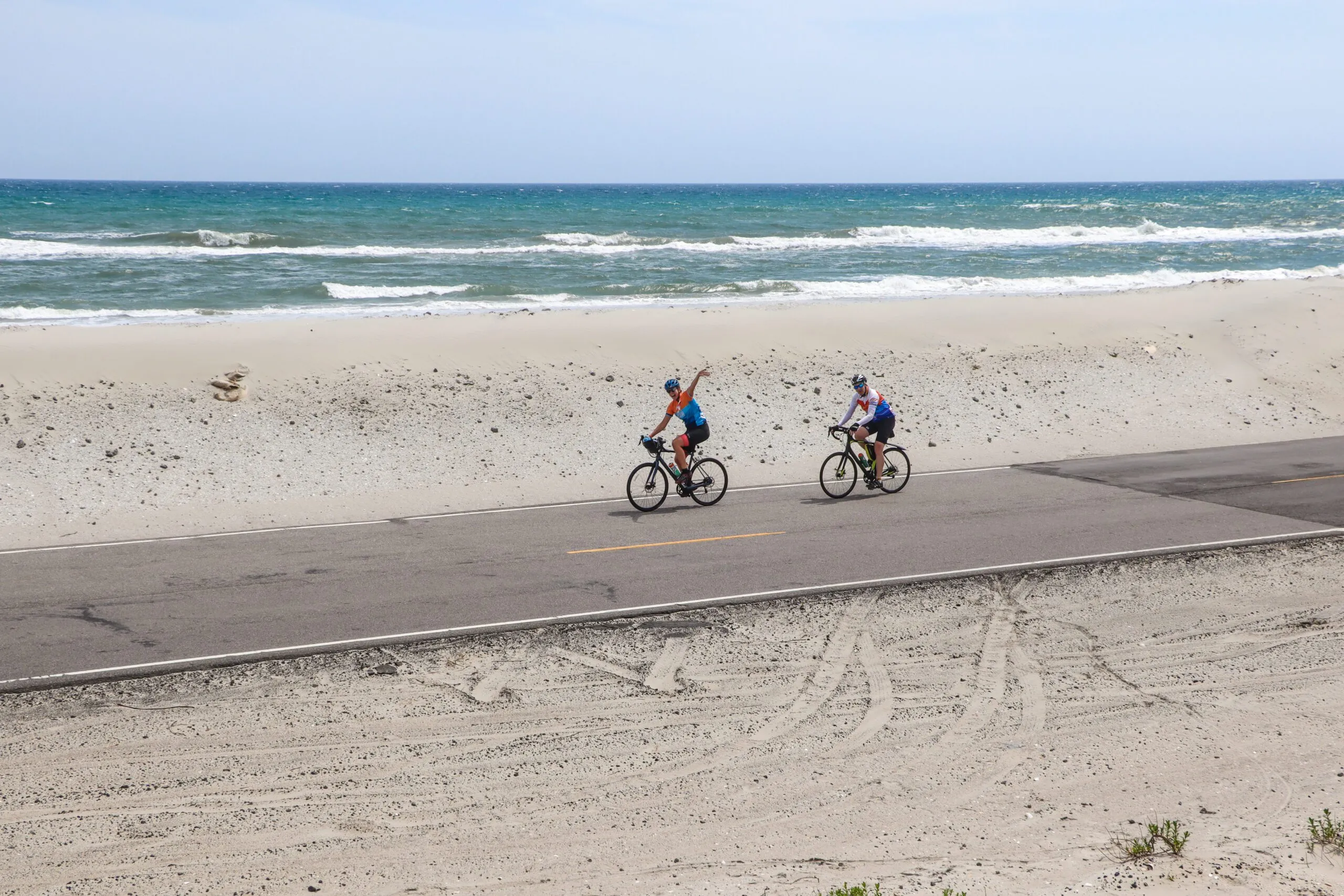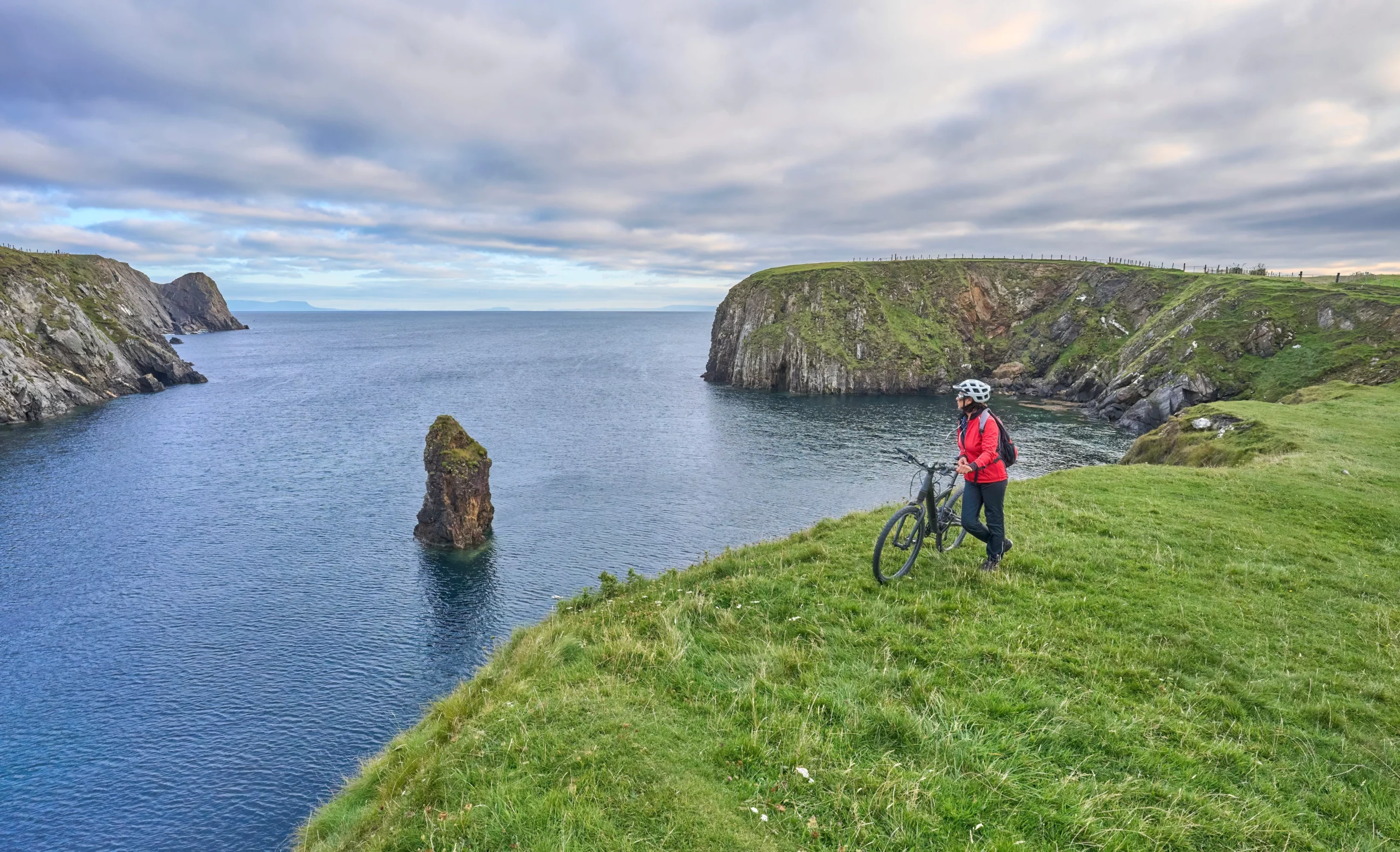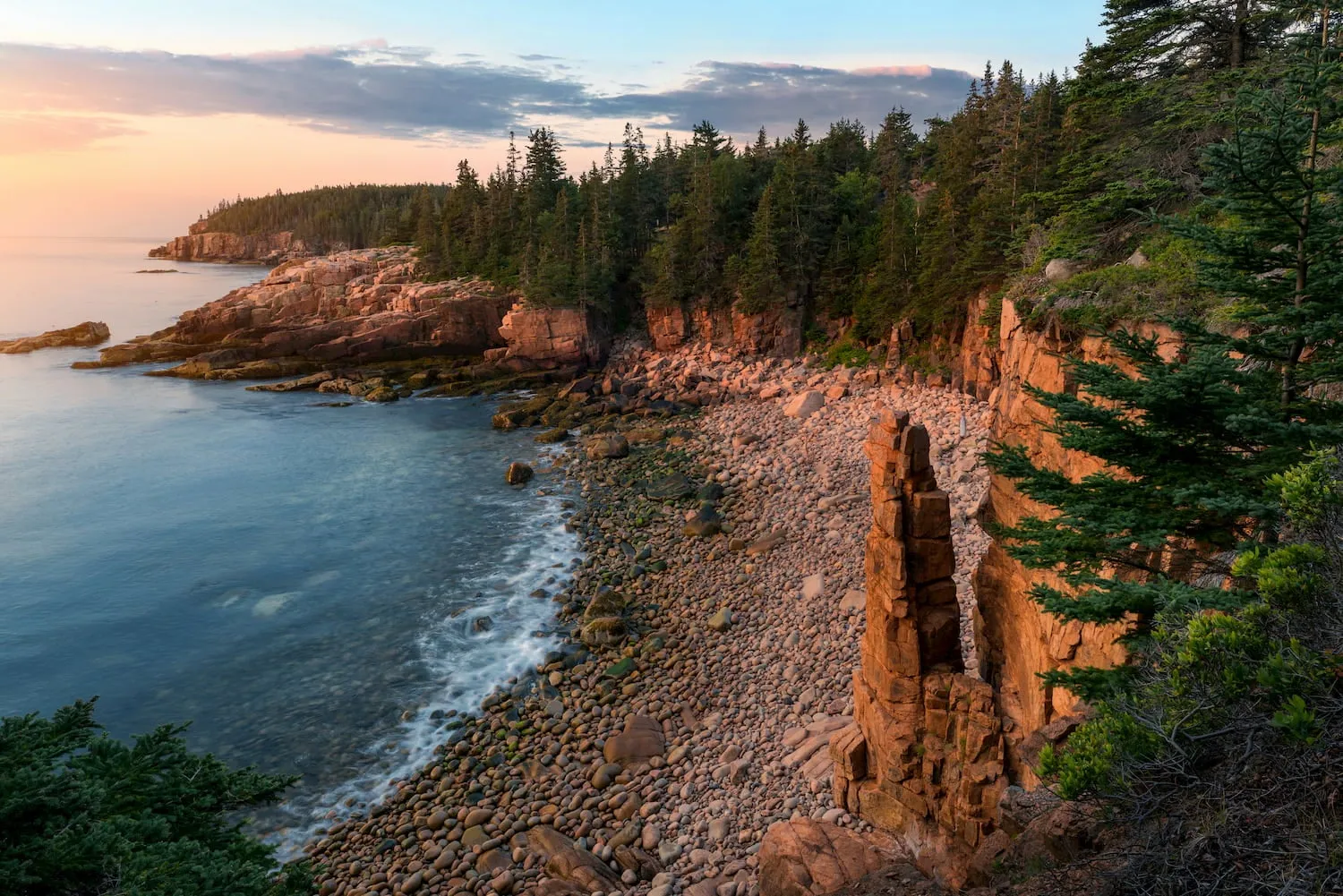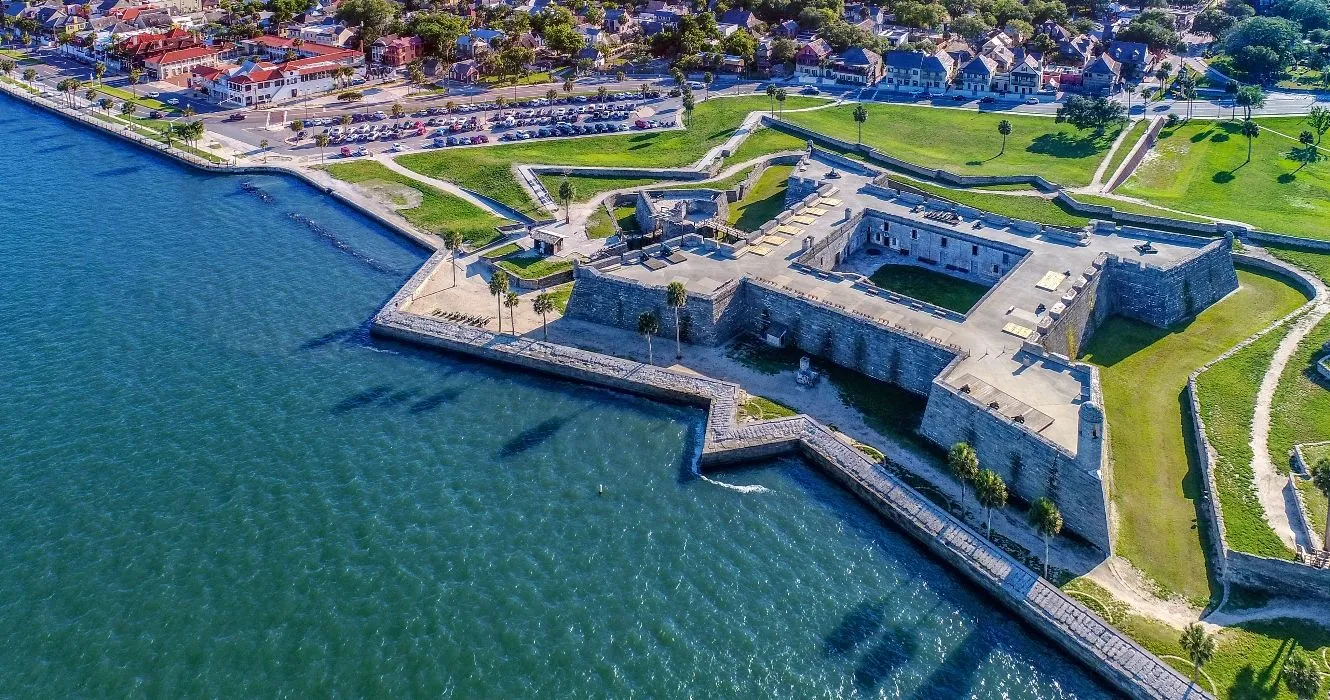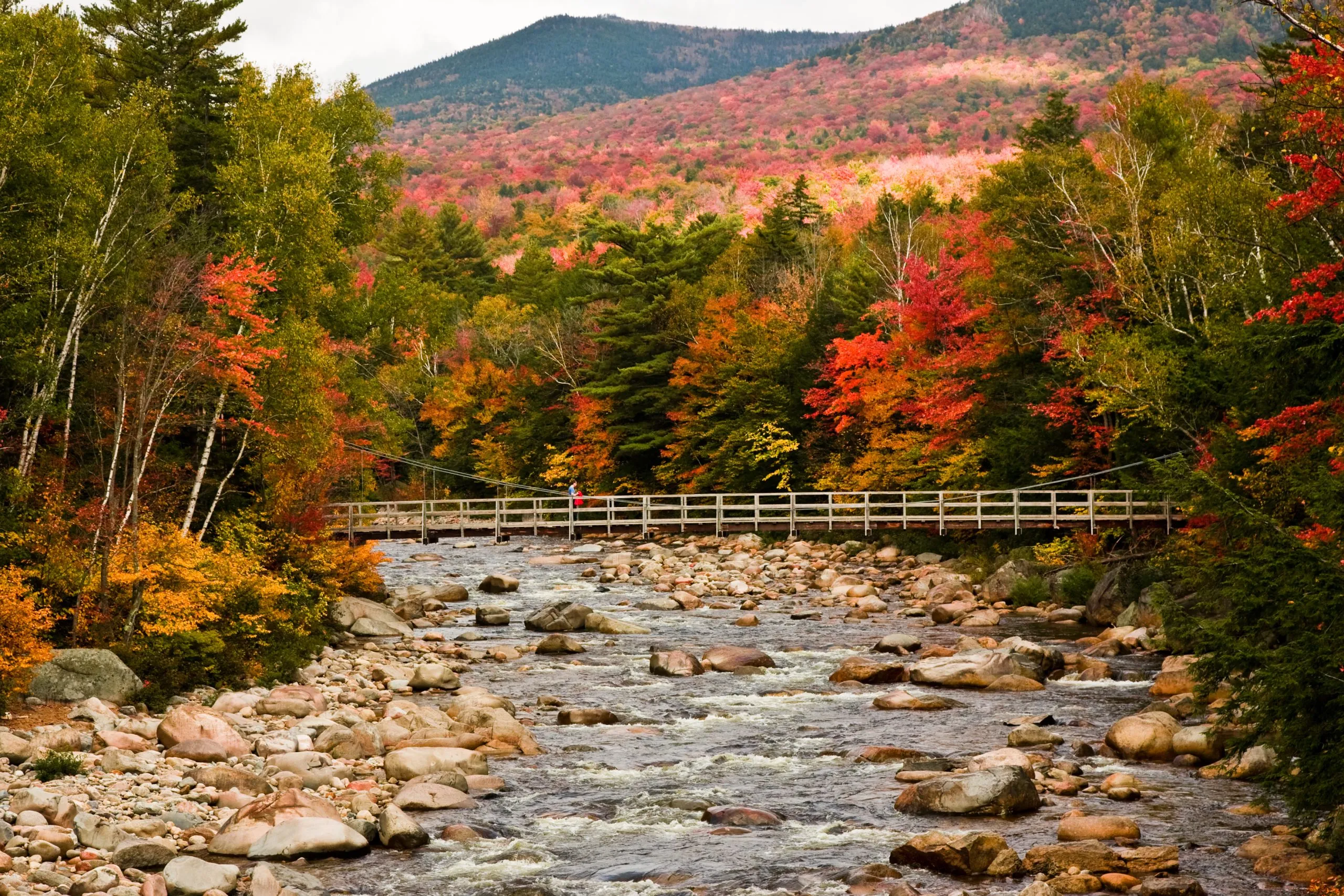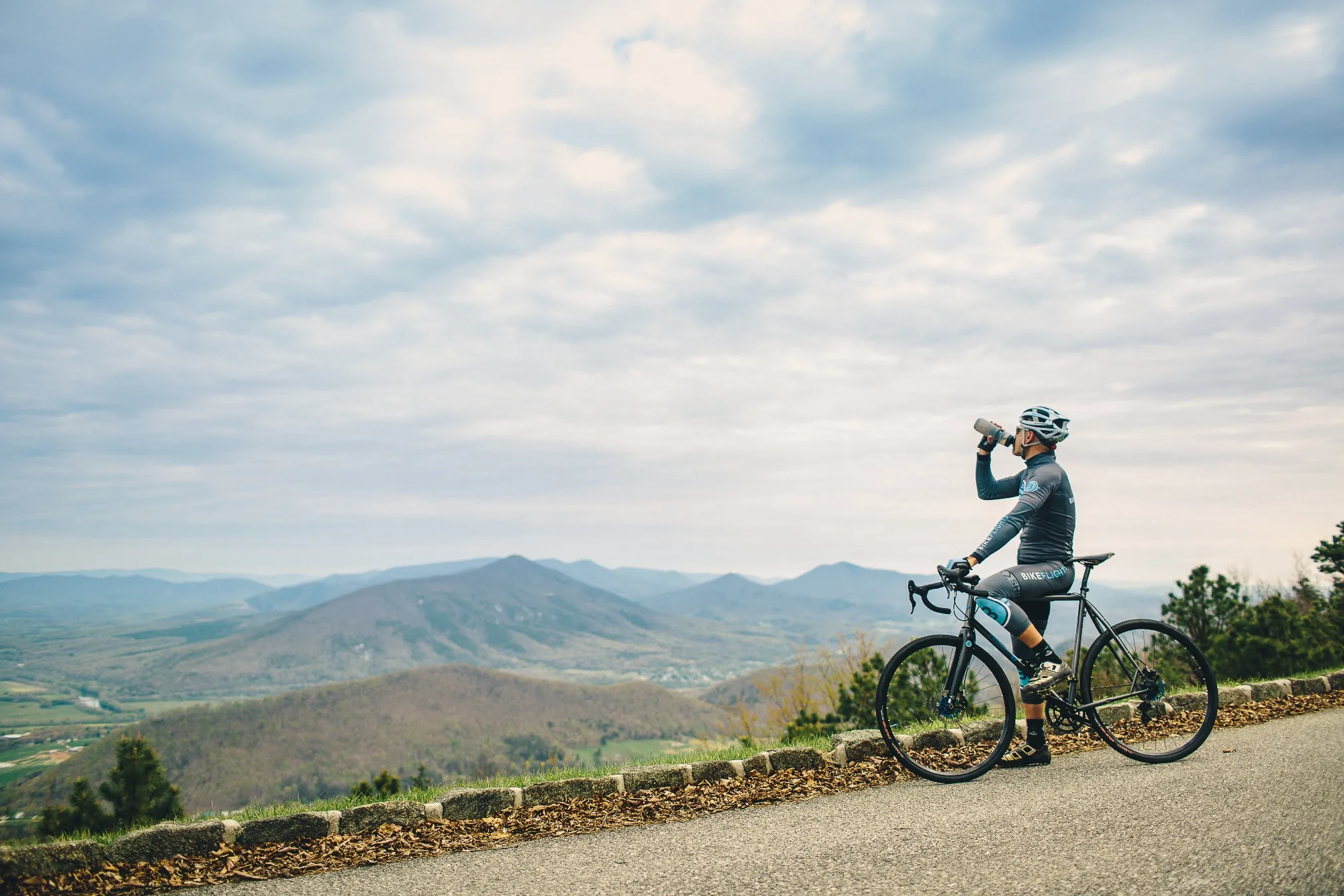Picture this: 3,000 miles of Atlantic coastline stretching from the rugged shores of Maine to the tropical keys of Florida, and you are about to tackle it on foot or by bike. While many travelers opt for a classic East Coast Road Trip, tackling the seaboard under your own power is a transformative experience. When you search for the ultimate Atlantic coast trail, you are likely imagining an incredible adventure that spans the entire eastern seaboard. However, this journey actually presents two distinct options. After diving deep into both routes and talking with fellow travelers who have conquered these paths, I am here to break down everything you need to know about the East Coast Greenway and the Adventure Cycling Association’s Atlantic Coast Bicycle Route to help you decide which Atlantic coast trail experience is right for you.
Choosing Your Atlantic Coast Trail: Two Epic Routes
Here is the deal regarding the selection of your route: there is no strictly “wrong” choice between these two famous trajectories, but there is definitely a “right” choice for your specific travel style. I have personally explored sections of both, and comparing them is somewhat like comparing a scenic backpacking trail to a cross-country drive. Both are amazing, but they offer totally different vibes. Whether you are looking for dedicated East Coast cycling infrastructure or a classic road touring experience, we need to look closer at what defines the Atlantic coast trail on the Greenway versus the traditional ACA route.
The East Coast Greenway: Your Traffic-Free Dream
This is the route for dreamers and pioneers! The East Coast Greenway is America’s most ambitious trail project—a 3,000-mile linear park connecting 450 communities. It serves as a connector for those interested in East Coast hiking as well as cycling, prioritizing safety and separation from cars.
Here is what makes this Atlantic coast trail option special:
-
37% completed off-road greenways, which amounts to over 1,100 miles of pure, car-free bliss.
-
It is perfect for families on the completed sections.
-
The multi-use design is welcoming to walkers, runners, cyclists, and wheelchair users.
-
The route is constantly improving with new segments added every year.
The catch regarding this Atlantic coast trail is that the remaining 63% uses “interim routes” on public roads. These range from quiet suburban streets to sections that will test your nerves.
The ACA Atlantic Coast Bicycle Route: The Cyclist’s Classic
This is your tried-and-true, no-surprises option that has perfected the art of coastal bike touring for decades. If you are looking for an Atlantic coast trail experience that is fully mapped and tested by thousands of riders, this is it.
This route features:
-
A fully mapped road route with detailed, waterproof map sections available for purchase.
-
2,615 miles of carefully curated cycling through historic sites and charming towns.
-
Turn-by-turn directions with elevation profiles and essential service information.
-
It is designed exclusively for cyclists who are comfortable sharing roads with traffic.
Think of it as the difference between blazing your own trail and following a well-worn path. Both versions of the Atlantic coast trail have their thrills.
5 East Coast Greenway Highlights Along the Atlantic Coast Trail
Let me share some of my favorite stretches that will make you fall in love with this trail. The diversity of the landscape along the Atlantic coast trail is truly unmatched. You will encounter everything from East Coast scenic drives converted into pathways to bustling urban corridors.
Maine’s Down East Sunrise Trail
This is where the adventure gets real. It is the longest continuous segment on the entire Greenway in Maine (87 miles). While it parallels some great New England road trip routes, this trail takes you deep into the woods. Pack those wide tires because it is unpaved. One fellow traveler captured the Atlantic coast trail experience here perfectly, noting the sandy beauty and the relentless nature of the wilderness.
Boston’s Charles River Bike Path
This is urban cycling at its finest. Picture yourself gliding along the river with Harvard and MIT on one side and the Boston skyline on the other. It is like having a front-row seat to one of the best East Coast cities while riding a premier section of the Atlantic coast trail.
Connecticut’s Rail-Trail Paradise
The 47-mile Farmington Canal Heritage Trail is a masterclass in converting old railways into cycling gold. You will roll through historic mill towns and peaceful forests. It is the kind of ride that makes you forget you are exercising on the Atlantic coast trail.
Manhattan’s Hudson River Greenway
This might be my absolute favorite urban trail experience anywhere. Nearly 13 miles of car-free riding from Battery Park to the tip of Manhattan offers a unique perspective. You will feel like you are in a movie as you cruise past landmarks that top every list of things to do East Coast.
Virginia’s Crown Jewel: The Capital Trail
This fully paved, protected path connecting Richmond to Jamestown is what the entire Greenway aspires to become. Spanning 52 miles, it offers a deep dive into East Coast history, beauty, and perfect pavement all rolled into one unforgettable ride on the Atlantic coast trail.
Safety on the Atlantic Coast Trail: A Realistic Guide
I am going to give it to you straight because your safety is everything when undertaking a long-distance journey. The East Coast Greenway Alliance does not sugarcoat the challenges of the interim routes, and neither will I. Understanding the risks involved in riding the Atlantic coast trail is vital for your well-being.
The High-Stress Reality Check Some sections of the interim route are genuinely dangerous. We are talking about specific infrastructure bottlenecks that require extreme caution on the Atlantic coast trail.
-
Maryland’s US-40 Hatem Bridge: Cyclists are only allowed on Sundays, and even then it can be stressful.
-
South Carolina & Georgia’s US Highway 17: This is essentially the Atlantic Coast Highway, but often without adequate shoulders. There are long stretches with no bike facilities where you are sharing lanes with 55+ mph traffic.
-
Pennsylvania’s Urban Challenges: There are some neighborhoods where you will want to stay extra alert.
One experienced through-rider summed it up perfectly: “I’ve biked the entire ECG. It’s a mix of off-road trail, quiet roads, roads with bike lanes or shoulders… and sometimes not-so-great roads.”
My Safety Game Plan
-
Study the official “High-Stress Segments” list for the Atlantic coast trail before you go.
-
Have backup transportation options (Amtrak, ride shares) for the worst sections.
-
Never compromise on safety gear: bright lights, reflective clothing, and a good helmet.
-
Trust your gut. If a section of the Atlantic coast trail feels unsafe, find an alternative.
How to Plan Your Atlantic Coast Trail Adventure
Timing is everything when you are planning a multi-state expedition. After talking with dozens of travelers who have completed the Atlantic coast trail, I have compiled a seasonal breakdown that ensures you hit each region during its peak window.
Timing by Region
-
New England (May-October): May through June is the sweet spot. September through October brings stunning East Coast fall foliage to the Atlantic coast trail, but pack warm layers.
-
Mid-Atlantic (April-November): This is similar to New England, but summer can get brutally hot and humid in the cities.
-
Southeast (October-April): This is where seasonal timing is crucial. An East Coast summer vacation here can be overwhelming due to heat; aim for the cooler months on the southern Atlantic coast trail.
Gear That Won’t Let You Down Based on my experience and fellow travelers’ hard-learned lessons, your gear choices can make or break your Atlantic coast trail ride.
-
Bike Choice: A hybrid, gravel, or touring bike with at least 28mm tires.
-
Must-Haves: A comprehensive repair kit, portable phone charger, quality rain gear, and chamois cream.
-
Navigation: A GPS device or smartphone with offline maps. Don’t rely on Atlantic coast trail signage alone.
Budget Reality Check Here is what fellow travelers are actually spending on the Atlantic coast trail:
-
Shoestring Adventure: $30-50/day. This usually involves stealth camping or utilizing East Coast camping sites and cooking your own meals.
-
Comfortable Touring: $75-125/day (a mix of camping and budget accommodations).
-
Luxury Experience: $150+/day (though big cities can easily push this over $200+ for hotel rooms).
State-by-State Guide to the Atlantic Coast Trail
Maine: The Wild Beginning Covering 400 miles with 131 protected, this is where the Maine to Florida road trip equivalent for cyclists begins. The Down East Sunrise Trail is epic but challenging. Pack bug spray and embrace the sandy sections of the Atlantic coast trail.
Massachusetts: Urban Meets Historic With 117.5 miles and 62 protected, this state offers variety. Boston’s Charles River path is magical, and the Blackstone Valley traces the history of the American Industrial Revolution along the Atlantic coast trail.
New York & Mid-Atlantic If you are familiar with a Mid Atlantic road trip, you know this region is dense. Manhattan’s Hudson River Greenway spans 34 miles with 18 protected, offering a ride into the heart of the greatest city on earth completely car-free on this Atlantic coast trail segment.
Virginia: Where History Comes Alive This state features 300 miles with 60 protected. The Virginia Capital Trail from Richmond to Jamestown is what trail dreams are made of: perfect pavement and incredible history on the Atlantic coast trail.
The Carolinas: Coastal Beauty Crossing into the Southeast road trip region, North Carolina offers 366 miles with 102 protected. The unique “V-shaped” route offers the tech-savvy Research Triangle. In South Carolina, the Spanish Moss Trail in Beaufort is stunning, but the on-road gaps between sections of the Atlantic coast trail can be genuinely scary.
Florida: The Grand Finale The route concludes with 578 miles and 268 protected. You will finish strong with the incredible Florida Keys Overseas Heritage Trail. Riding past East Coast beaches and over 23 historic railroad bridges makes for an unforgettable finale to the Atlantic coast trail.
Stories from the Trail: Real Traveler Experiences
Let me share some authentic experiences that will help you know what you are getting into. The Atlantic coast trail is defined by the people who travel it.
The Walking Heroes Matt and Grace Grooms walked the ENTIRE route with their dogs in 235 days. Their journey proves this Atlantic coast trail isn’t just for cyclists—it is for anyone with determination and good planning skills.
The Inspiring Newbie Regina Yan tackled the whole route solo with minimal cycling experience. She faced challenges like severe chafing, her first rainstorm ride, and brake failure miles from help. However, her story shows how the Atlantic coast trail and its proximity to 450 communities provide an incredible safety net of bike shops, groceries, and friendly locals.
The Honest Veterans Experienced riders consistently praise the urban connectivity—being able to ride car-free into Manhattan or D.C. with monument views is unmatched. But they are also honest about the challenges of the Atlantic coast trail: inconsistent signage, expensive urban accommodations, and routing that sometimes goes miles out of the way for short greenway sections.
Start Your Atlantic Coast Adventure
The Atlantic coast trail is more than a route; it is a journey through America’s heart, connecting historic cities, diverse landscapes, and welcoming communities. Whether you choose the pioneering spirit of the East Coast Greenway or the established reliability of the ACA’s road route, you are in for an adventure that will stay with you forever.
The Atlantic coast trail continues to evolve every year with new protected sections and better connections. By choosing to explore this route, you are not just having an adventure—you are helping build the path for future generations of coastal explorers.
